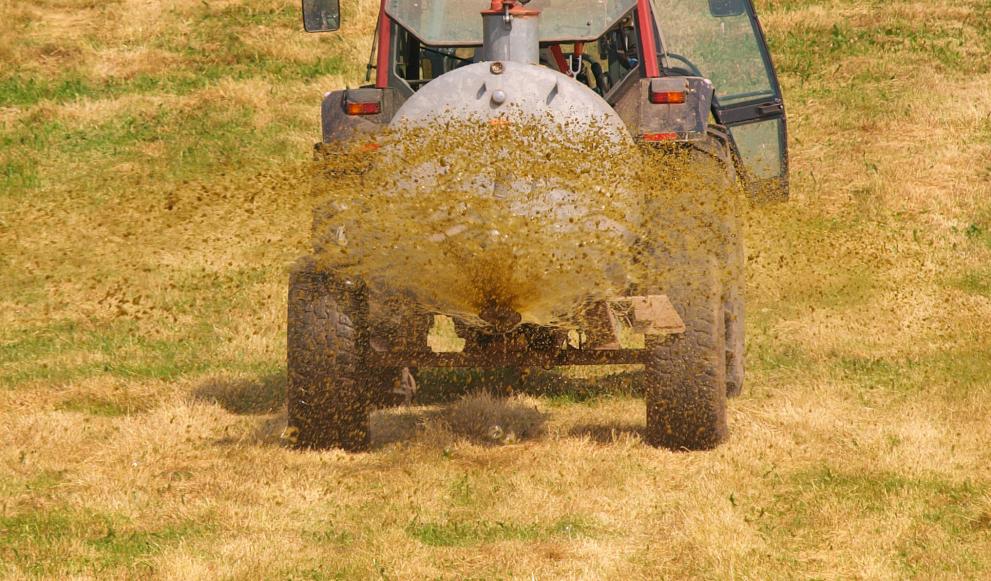
JRC scientists compared different techniques for the extraction of heavy metals from sewage sludge, the latter being a potential risk to the environment. This work was related to the development of a new sewage sludge certified reference material.
Large amounts of domestic and industrial sewage sludge are currently used in agriculture as a soil conditioner or fertiliser. There are concerns about possible contamination of the soil by organic and inorganic pollutants present in the material.
In the European Union, Directive 86/278/EEC (1986) - and its recent amendments regulates the use of sewage sludge in agricultural disposal to prevent harmful effects on soil, vegetation, animals and humans. The Directive further sets some limit values for concentrations of a range of trace elements (heavy metals).
Laboratories involved in environmental analyses may use different digestion methods and/or analytical techniques. Consequently, the results obtained could be strongly influenced by the methodology or extraction protocol adopted (operationally-defined data), often making these data difficult to compare.
Method standardisation to harmonise measurements is needed, and extensive work has been carried out at the JRC to harmonise the methodologies and to provide laboratories with carefully-prepared certified reference materials (CRMs) as quality control tools.
In this respect, within an inter-laboratory comparison study involving more than 25 laboratories, a new reference material of sewage sludge was certified for its total and bioavailable content of 11 elements. The results obtained during the certification showed that there was no difference in the extraction of the elements by the employed methods.
Read more in: A.Santoro et al. "Comparison of total and aqua regia extractability of heavy metals in sewage sludge: the case study of a certified reference material", Trends in analytical Chemistry 89 (2017) 34-40, doi:10.1016/j.trac.2017.01.010
Related Content
New reference material to support element analysis in sewage sludge
Details
- Publication date
- 20 March 2017
